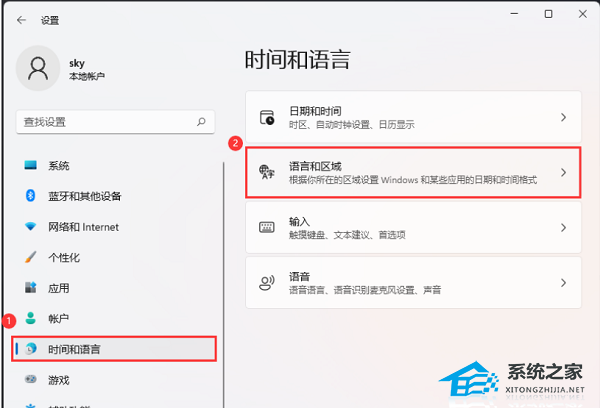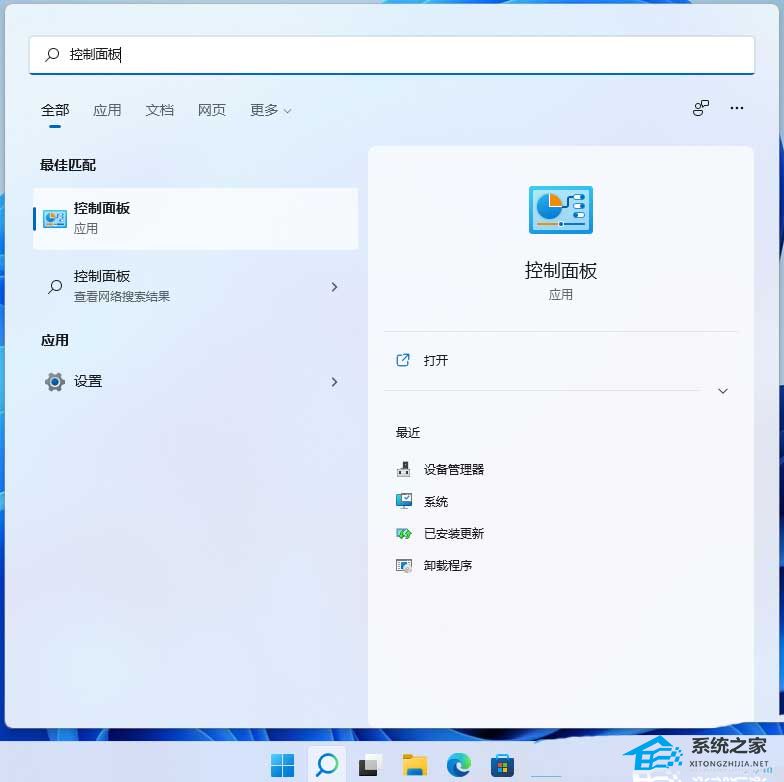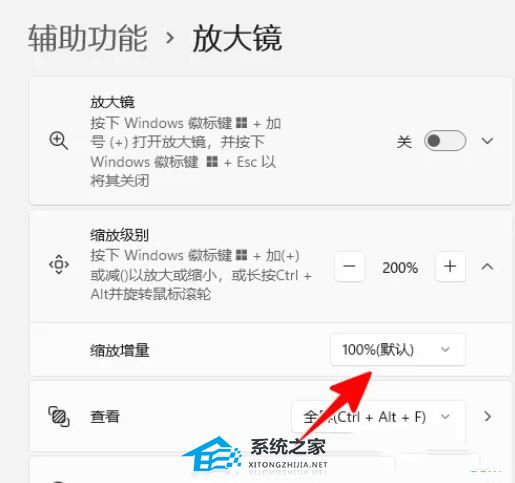 var sys = require(‘sys’)
var exec = require(‘child_process’).exec;
// executes `pwd`
exec(“pwd”, function (error, stdout, stderr) {
sys.print(‘stdout: ’ + stdout);
sys.print(‘stderr: ’ + stderr);
if (error !== null) {
console.log(‘exec error: ’ + error);
}
});
有需要从前端操作服务器执行shell命令的需求
建立一个process.js文件
有需要从前端操作服务器执行shell命令的需求
建立一个process.js文件
var process = require(‘child_process’);
//直接调用命令
exports.createDir = function (){process.exec(‘D: && cd testweb && md mydir’,
function (error, stdout, stderr) {
if (error !== null) {
console.log(‘exec error: ’ + error);
}
});
}
//调用执行文件
exports.openApp = function(){
process.execFile(‘D:/testweb/aaa.bat’,null,{cwd:‘D:/’},
function (error,stdout,stderr) {
if (error !== null) {
console.log(‘exec error: ’ + error);
}
});
}
这里的命令是写死的,如果需要动态调用就把命令写成批处理文件(linux写shell脚本)
也可以使用process.exec(‘test.bat’,...) 和 process.exec(‘sh test’,...)执行文件
这里的命令是写死的,如果需要动态调用就把命令写成批处理文件(linux写shell脚本)
也可以使用process.exec(‘test.bat’,...) 和 process.exec(‘sh test’,...)执行文件
以上就是使用node.js命令行执行linux命令的方法了,掌握了这个方法,不论是在服务器还是主机上执行命令都能更加得心应手了。
var sys = require(‘sys’)
var exec = require(‘child_process’).exec;
// executes `pwd`
exec(“pwd”, function (error, stdout, stderr) {
sys.print(‘stdout: ’ + stdout);
sys.print(‘stderr: ’ + stderr);
if (error !== null) {
console.log(‘exec error: ’ + error);
}
});
有需要从前端操作服务器执行shell命令的需求
建立一个process.js文件
有需要从前端操作服务器执行shell命令的需求
建立一个process.js文件
var process = require(‘child_process’);
//直接调用命令
exports.createDir = function (){process.exec(‘D: && cd testweb && md mydir’,
function (error, stdout, stderr) {
if (error !== null) {
console.log(‘exec error: ’ + error);
}
});
}
//调用执行文件
exports.openApp = function(){
process.execFile(‘D:/testweb/aaa.bat’,null,{cwd:‘D:/’},
function (error,stdout,stderr) {
if (error !== null) {
console.log(‘exec error: ’ + error);
}
});
}
这里的命令是写死的,如果需要动态调用就把命令写成批处理文件(linux写shell脚本)
也可以使用process.exec(‘test.bat’,...) 和 process.exec(‘sh test’,...)执行文件
这里的命令是写死的,如果需要动态调用就把命令写成批处理文件(linux写shell脚本)
也可以使用process.exec(‘test.bat’,...) 和 process.exec(‘sh test’,...)执行文件
以上就是使用node.js命令行执行linux命令的方法了,掌握了这个方法,不论是在服务器还是主机上执行命令都能更加得心应手了。
node.js不仅可以用来编写网页的脚本,而且还能在服务器上运行Linux命令。Linux node.js命令行运行命令的优点是响应速度快又高效。本文就来介绍一下使用node.js命令行执行linux命令的方法。
 var sys = require(‘sys’)
var exec = require(‘child_process’).exec;
// executes `pwd`
exec(“pwd”, function (error, stdout, stderr) {
sys.print(‘stdout: ’ + stdout);
sys.print(‘stderr: ’ + stderr);
if (error !== null) {
console.log(‘exec error: ’ + error);
}
});
有需要从前端操作服务器执行shell命令的需求
建立一个process.js文件
有需要从前端操作服务器执行shell命令的需求
建立一个process.js文件
var process = require(‘child_process’);
//直接调用命令
exports.createDir = function (){process.exec(‘D: && cd testweb && md mydir’,
function (error, stdout, stderr) {
if (error !== null) {
console.log(‘exec error: ’ + error);
}
});
}
//调用执行文件
exports.openApp = function(){
process.execFile(‘D:/testweb/aaa.bat’,null,{cwd:‘D:/’},
function (error,stdout,stderr) {
if (error !== null) {
console.log(‘exec error: ’ + error);
}
});
}
这里的命令是写死的,如果需要动态调用就把命令写成批处理文件(linux写shell脚本)
也可以使用process.exec(‘test.bat’,...) 和 process.exec(‘sh test’,...)执行文件
这里的命令是写死的,如果需要动态调用就把命令写成批处理文件(linux写shell脚本)
也可以使用process.exec(‘test.bat’,...) 和 process.exec(‘sh test’,...)执行文件
以上就是使用node.js命令行执行linux命令的方法了,掌握了这个方法,不论是在服务器还是主机上执行命令都能更加得心应手了。
var sys = require(‘sys’)
var exec = require(‘child_process’).exec;
// executes `pwd`
exec(“pwd”, function (error, stdout, stderr) {
sys.print(‘stdout: ’ + stdout);
sys.print(‘stderr: ’ + stderr);
if (error !== null) {
console.log(‘exec error: ’ + error);
}
});
有需要从前端操作服务器执行shell命令的需求
建立一个process.js文件
有需要从前端操作服务器执行shell命令的需求
建立一个process.js文件
var process = require(‘child_process’);
//直接调用命令
exports.createDir = function (){process.exec(‘D: && cd testweb && md mydir’,
function (error, stdout, stderr) {
if (error !== null) {
console.log(‘exec error: ’ + error);
}
});
}
//调用执行文件
exports.openApp = function(){
process.execFile(‘D:/testweb/aaa.bat’,null,{cwd:‘D:/’},
function (error,stdout,stderr) {
if (error !== null) {
console.log(‘exec error: ’ + error);
}
});
}
这里的命令是写死的,如果需要动态调用就把命令写成批处理文件(linux写shell脚本)
也可以使用process.exec(‘test.bat’,...) 和 process.exec(‘sh test’,...)执行文件
这里的命令是写死的,如果需要动态调用就把命令写成批处理文件(linux写shell脚本)
也可以使用process.exec(‘test.bat’,...) 和 process.exec(‘sh test’,...)执行文件
以上就是使用node.js命令行执行linux命令的方法了,掌握了这个方法,不论是在服务器还是主机上执行命令都能更加得心应手了。
 var sys = require(‘sys’)
var exec = require(‘child_process’).exec;
// executes `pwd`
exec(“pwd”, function (error, stdout, stderr) {
sys.print(‘stdout: ’ + stdout);
sys.print(‘stderr: ’ + stderr);
if (error !== null) {
console.log(‘exec error: ’ + error);
}
});
有需要从前端操作服务器执行shell命令的需求
建立一个process.js文件
有需要从前端操作服务器执行shell命令的需求
建立一个process.js文件
var process = require(‘child_process’);
//直接调用命令
exports.createDir = function (){process.exec(‘D: && cd testweb && md mydir’,
function (error, stdout, stderr) {
if (error !== null) {
console.log(‘exec error: ’ + error);
}
});
}
//调用执行文件
exports.openApp = function(){
process.execFile(‘D:/testweb/aaa.bat’,null,{cwd:‘D:/’},
function (error,stdout,stderr) {
if (error !== null) {
console.log(‘exec error: ’ + error);
}
});
}
这里的命令是写死的,如果需要动态调用就把命令写成批处理文件(linux写shell脚本)
也可以使用process.exec(‘test.bat’,...) 和 process.exec(‘sh test’,...)执行文件
这里的命令是写死的,如果需要动态调用就把命令写成批处理文件(linux写shell脚本)
也可以使用process.exec(‘test.bat’,...) 和 process.exec(‘sh test’,...)执行文件
以上就是使用node.js命令行执行linux命令的方法了,掌握了这个方法,不论是在服务器还是主机上执行命令都能更加得心应手了。
var sys = require(‘sys’)
var exec = require(‘child_process’).exec;
// executes `pwd`
exec(“pwd”, function (error, stdout, stderr) {
sys.print(‘stdout: ’ + stdout);
sys.print(‘stderr: ’ + stderr);
if (error !== null) {
console.log(‘exec error: ’ + error);
}
});
有需要从前端操作服务器执行shell命令的需求
建立一个process.js文件
有需要从前端操作服务器执行shell命令的需求
建立一个process.js文件
var process = require(‘child_process’);
//直接调用命令
exports.createDir = function (){process.exec(‘D: && cd testweb && md mydir’,
function (error, stdout, stderr) {
if (error !== null) {
console.log(‘exec error: ’ + error);
}
});
}
//调用执行文件
exports.openApp = function(){
process.execFile(‘D:/testweb/aaa.bat’,null,{cwd:‘D:/’},
function (error,stdout,stderr) {
if (error !== null) {
console.log(‘exec error: ’ + error);
}
});
}
这里的命令是写死的,如果需要动态调用就把命令写成批处理文件(linux写shell脚本)
也可以使用process.exec(‘test.bat’,...) 和 process.exec(‘sh test’,...)执行文件
这里的命令是写死的,如果需要动态调用就把命令写成批处理文件(linux写shell脚本)
也可以使用process.exec(‘test.bat’,...) 和 process.exec(‘sh test’,...)执行文件
以上就是使用node.js命令行执行linux命令的方法了,掌握了这个方法,不论是在服务器还是主机上执行命令都能更加得心应手了。
1、如非特殊说明,本站对提供的源码不拥有任何权利,其版权归原著者拥有。
2、本网站所有源码和软件均为作者提供和网友推荐收集整理而来,仅供学习和研究使用。
3、如有侵犯你版权的,请来信(邮箱:123456@qq.com)指出,核实后,本站将立即改正。
















